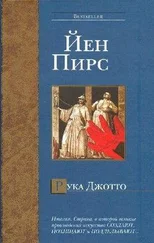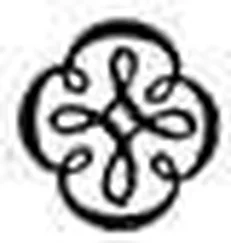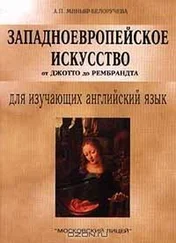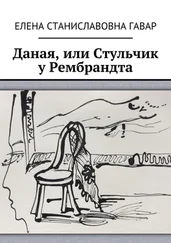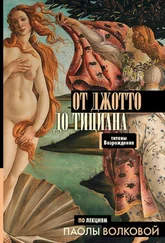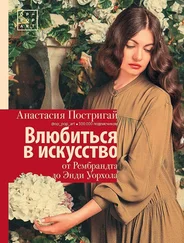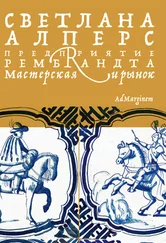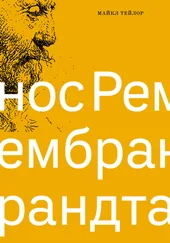В конце 20-х годов Веласкес написал картину «Вакх». Эту мифологическую сцену он интерпретировал как жанровую. Идеализации нет даже в фигуре самого Вакха. Контрасты света и тени, золотистый тон – все типичные черты караваджизма, переплетаются с характерными только для Веласкеса чертами.
В последнее десятилетие жизни художник написал три самых известных картины: «Венера с зеркалом», «Менины», «Пряхи». «Менины» – это, по своей сути, групповой портрет. Художник, а это автопортрет самого Веласкеса, у мольберта пишет короля и королеву, отражение которых зрители видят в зеркале. На переднем плане изображена инфанта Маргарита в окружении фрейлин, карлицы, придворных и собаки. В дверях художник поместил фигуру канцлера. Композиция картины объединяет черты группового портрета и жанровой картины. Влияние Веласкеса на искусство последующих веков велико. Он вдохновлял художников от романтиков до постимпрессионистов.
VI. Summarize the text.
VII. Topics for discussion.
1. Velazquez's realism.
2. Velazquez's artistic heritage.
Unit XIV The 'Little Masters'
The open market system, under which Dutch pictures were sold, produced artists skilful in painting a particular type of subject. They specialized in landscapes, riverscapes, seascapes, city-scapes, travelscapes; skating scenes, moonlight scenes, shipping and naval battles; interiors, exteriors; gardens, polite conversations, parlour intrigue, housekeeping, tavern brawls; hunting scenes, churches, still lifes and portraits, single, double, or group.
At least forty of the 'little masters' are very talented.
An early leader of Dutch landscape painting, Jan van Goyen (1596-1656), was one of the Dutch masters to place human figures to a position in which they could no longer determine the mood of a scene but merely establish the scale. Van Goyen was fascinated by water. But the celestial architecture of shifting clouds was even more important than water in his landscapes. In River Scene , painted by Van Goyen shortly before his death, the land with fishermen's cottages, windmills, and a distant church, is visible only in tiny patches. All else is clouds and water, save for two boats moving slowly toward the centre. People are mere spots, as are the flying gulls. An almost monochromatic vision, limited to translucent browns in the foreground and grey greens elsewhere, is registered by means of light, shimmering water, and distant land.
A View of Haarlem , of about 1670, by Jacob van Ruisdael (1628/29-82), opens up an immense prospect from the vantage point of the dunes. The city appears only on the flat horizon, a sparkle of windmills and spires is dominated by the mass of the Great Church. The immensity of the space is increased by the light falling from between clouds on the farmhouses and the linens whitening in the foreground. The birds fly higher and the clouds seem more remote than in Van Goyen's picture.
One of the greatest Dutch landscapes is the Avenue at Middelbarnis , of 1689, by Meyndert Hobbema (1638-1709), Ruisdael's pupil. Constructed on the humble theme of a rutted country road plunging into the picture between feathery trees that have long lost lower branches for use as firewood, the spatial climax is compelling.
Albert Cuyp (1620-91), influenced by Dutch painters who had travelled in Italy, preserves a similar feeling for space in his Landscape with Cattle and Figures , of about 1650, which is intensified by the animals and people grouped in the foreground.
The art of Pieter De Hooch (1629-after 1684) glorifies the harmony of the perfect bourgeois household, with everything in its proper place and respect for cleanliness and order raised almost to a religious level. The Linen Cupboard , of 1663, is De Hooch's Baroque climax. In this picture, illuminated by an unseen window, De Hooch depicts the simple act of counting neatly folded sheets taken from their carved and inlaid cabinet in an interior whose cleanliness matches its perfect perspective and its clear bright colour; the black-and-white marble floor leads the eye through the door to the view across the street. By means of pictures on the wall the painter shows that art is a part of the ideal daily life.
The opposite of De Hooch's religious order is the disorder of Jan Steen (1625/26-79), who revived the humour of the Late Gothic burlesque. To this day a «Jan Steen household» is the Dutch expression for a house in which nothing goes right. Everything goes wrong in The World Upside Down , which is a parody on De Hooch's Linen Cupboard . It was also intended as a moralizing picture. Jan Steen, who kept a tavern, was never tired of representing the effects of visits to him. Here the scene shifts to the kitchen; the same lady of the house in the same costume as in De Hooch's Linen Cupboard has fallen asleep; beer runs from the keg over a floor strewn with garbage, a pipe and a hat; children, a pig, a dog, a duck, and a monkey are where they ought not to be and are doing what they ought not to do. The housemaid hands a glass of wine to her sweetheart, nobody pays any attention to an elderly man reading from a book or to an old woman trying to bring some order into the situation. To intensify the effect, Steen is treating his figures with conviction and vigour.
Dutch still lifes were often intended to appeal to the eye and the palate at once. Some are crowded with an unappetizing profusion of fruit or game, but the most tasteful and tasty are those restricted to the makings of between-meals snacks (they are traditionally referred to as 'breakfast pieces'). White wine, a bit of seafood or ham, lemon, pepper, and salt are the subjects, along with polished silver, crystal goblets and a rumpled tablecloth. The spectator is tantalized not only by the delicacy with which the carefully selected objects arc painted, but also by the expensive carelessness with which a lemon has been left partly peeled and a silver cup overturned.
Willem Heda (1599-1680/82) was the master of still life. In his Still Life , despite limitations of subject matter, he demonstrates an unexpected eloquence in the rendering of golden light, as well as sensitivity in establishing the precise relationships between transparent, translucent, reflecting, and mat surfaces – a silent drama of pure sense presented in the style of a Caravaggio religious scene against the typical background of nowhere, fluctuating between shadow and light.
Make sure you know how to pronounce the following words:
Hobbema; Hals; Cuyp; Ruisdael; Haarlem; genre; burlesque; fluctuate; eloquence; palate; horizon; tantalise; monochrome
Tasks
I. Read the text. Make sure you understand it. Mark the following statements true or false.
1. Jan van Goyen placed figures to a dominant position.
2. Heda's still-lifes are referred to as «breakfast pieces».
3. De Hooch represented genre scenes of the lower classes life.
4. Jacob van Ruisdael was the best Dutch landscape painter.
Читать дальше

